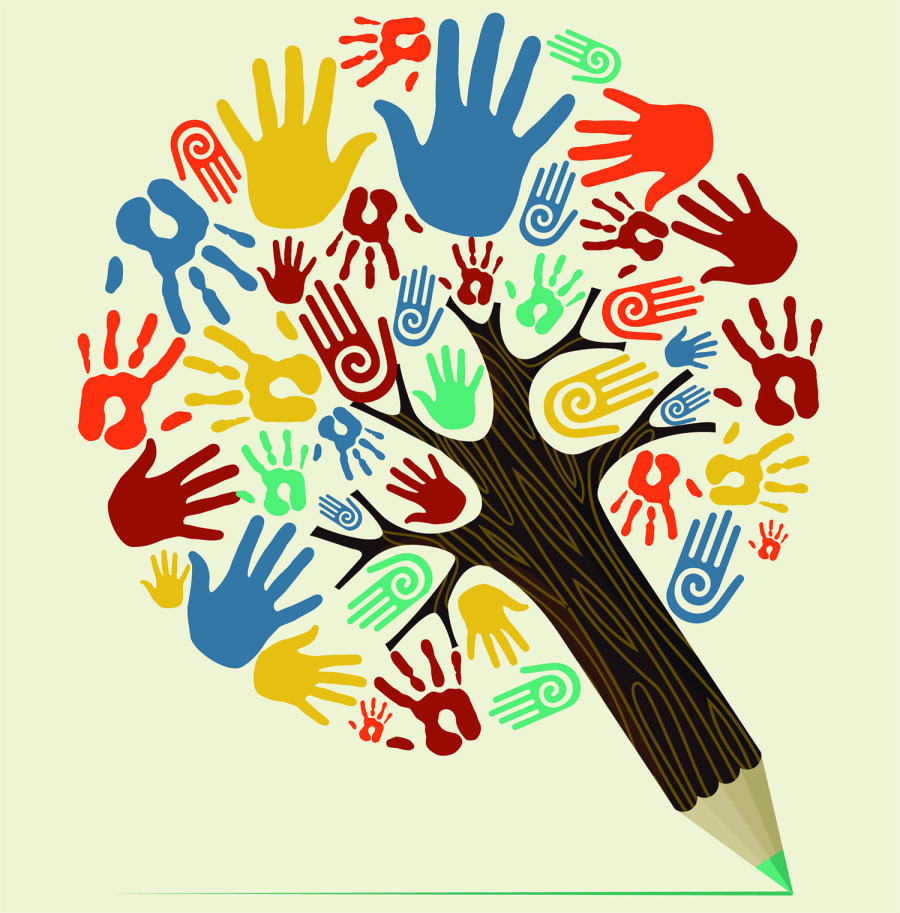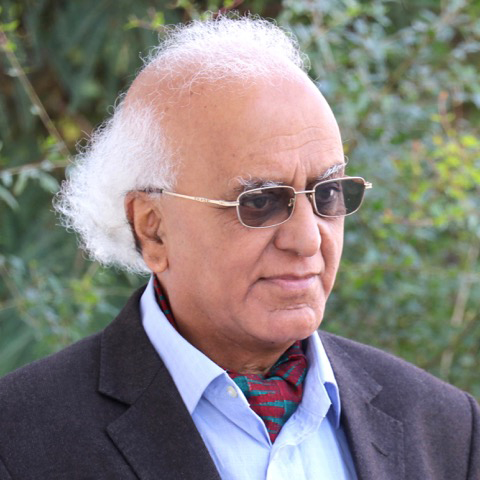Columns
The SAARC Buddha
Artists from South Asian countries cannot allow the comatose state of one regional organisation to influence their willingness to collaborate.
Abhi Subedi
I stood pensively on the pavement outside the headquarters of SAARC in Thamel, facing a unique wall mural of the Buddha. Where I'm standing is the central office of The South Asian Association for Regional Cooperation, established in 1986 ‘to promote cooperation between South Asian countries’. The visual metaphor of the railings that separate the Buddha from the street begins to speak to me like an actor of a Brechtian epic theatre, where the structures and streets all become part of the drama. A loud silence pervades the complex. Behind and beyond the wall, nothing appears to be happening. In the context of the worsening relationship between India and Pakistan, SAARC itself is in the throes of a Hamletian dilemma.
It would be relevant to dwell briefly on the painting and the artist. This painting executed by Arpana Caur—a brilliant painter and a friend from Delhi—draws my attention every time I gravitate to the Himalayan Java Coffee House for my regular reading and writing sessions. Arpana is the daughter of Ajeet Cour, the chairperson of what has been famously known over two decades as the association of the writers of the SAARC countries. Ajeet is a Punjabi fiction writer and a well-known public intellectual. I have been associated with this organisation known today as the Foundation of SAARC Writers and Literature ever since its fourth conference was organised in Delhi in 2001.
Ajeet Cour organised SAARC literary conferences in major cities of South Asia. But as writers of other South Asian countries could not organise them on a rotational basis, nor could they run national centres for that, compounded with the bilateral issues that came up among SAARC countries, Ajeet Cour's initial dreams pertaining to the establishment of the organisation failed. Moreover, it became difficult to organise big regional meetings as sources of funding became scarce. Equally difficult was to keep up the original fervour for the literary organisation. Interestingly, however, a unique understanding between the writer-mother and painter-daughter became a factor that contributed to the continuation of the SAARC literary meetings, now called the Association of South Asian Writers.
Arpana is known to give parts of the proceeds of the sale of her paintings to her mother to organise what may be seen today as rare South Asian literary meetings, which at times become creatively anarchic gatherings of the writers of the region. These meetings organised by Ajeet Cour who, I remember, had called herself a ‘mad woman’ in her 2001 address in Delhi, have become grand meeting points for the flaneurs of South Asia. However, I was unable to continue to mark my presence in this organisation in the later years.
Arpana made the Buddha image on the wall at the invitation of the SAARC office. Birds, flowers, locomotives, horse-drawn carriages, bicycles, buses, traffic, cars and locomotives surround the blue image of the Buddha. Such a conglomeration of icons constitutes neither the ethos of societies created by capital, nor does it represent any post-modern twist in the interpretation of the haloed sphere of the Buddha. In the vast repertoire of Buddhist iconography, I find Arpana's images in her many paintings (now compiled in glossy books), closer to the reliefs of the Gandharan art that depict the quotidian life of that period.
Images made in schist and stucco and reliefs show the Buddha and the pantheon. Arpana Cour's Buddhist artworks, therefore, represent a unique and pervasive culture of Buddhism, if not a religion, that transcends the familiar patterns of iconicity. Alluding to the Gandharan Buddhist art in the context of the spirit of the South Asian Association for Regional Cooperation is vital for a historical reason also. The Buddhist Gandharan iconography represents the dynamics of the meetings of the Mauryan, Greek and Kushan cultures.
The archaeological objects from what is now northern Pakistan and the eastern parts of Afghanistan was a great meeting point of cultures and anthropomorphic dynamism. That spirit precisely underlies the binding principles of the people of this entire region. Sri Lanka and Bhutan whose state religion is Buddhism, Nepal where Buddha was born, India where he became enlightened and preached his philosophy, Bangladesh that preserves the 11th-century Buddhist architectural sites, all would have found the choice of the benign Buddhist icon for the mural at the SAARC headquarters a wise decision. It represents not only a shared symbol but also evokes a shared sense of history, and foregrounds a need for peace more than ever before.
For those of us involved in the art, culture and literature of South Asia, there is no discovery; there is only evocation of the existing but forgotten heritage. Looking at the painting of Buddha outside SAARC’s minuscule head office, I began to review our efforts to define a bond. In a limited space I want to say—writers, artists and cultural karmi should not let the regional organisation's stupor get the better of them. They should work independently. I want to close by recalling what I said earlier. About the borders I have said in a paper presented at a conference in Agra in 2015, ‘In literature, arts and culture borders become fuzzy lines, for which reason they direct the writer's imagination to the realm of linking and bonding’.
Elsewhere I write: ‘I am especially drawn by the theme of this conference—does conflict influence the creative process? The … literary writer should not drift away from the main form of conflict that always challenges society and individuals to find solutions. The literary … can be seen at the level of the individual who would enter into a dialogue with his or her own situation. That very interaction is the creative process. That is why conflict areas have produced good literature.’(The Kathmandu Post, March 30, 2011).
The artist's imaginaire embodied in the SAARC Buddha in Thamel says that writers, artists and creators should evoke the great traditions of bonding at different times and spaces in South Asia, explore ways to meet and remember, and not let governments rip them asunder.




 7.12°C Kathmandu
7.12°C Kathmandu













%20(1).jpg&w=300&height=200)

